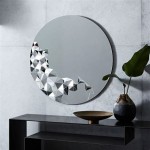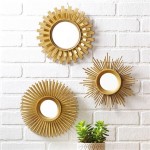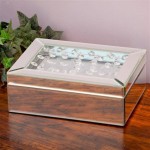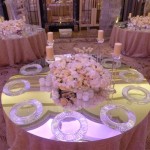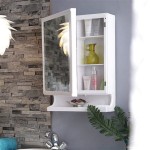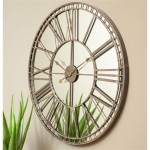How to Add LED Strip Lights to a Mirror
Adding LED strip lights to a mirror creates a modern and sophisticated aesthetic, offering practical illumination for tasks such as applying makeup or shaving. This enhancement can be achieved with readily available tools and materials, transforming a standard mirror into a stylish focal point.
Planning and Preparation
Careful planning ensures a smooth installation process. Begin by accurately measuring the mirror's perimeter to determine the required length of LED strips. Consider the desired lighting effect. Will the lights be placed behind the mirror for a backlit glow, or around the frame for direct illumination? This decision influences the type of LED strip and power supply needed.
Selecting the correct LED strip type is crucial. Options include waterproof (IP65 rated) strips for bathrooms and non-waterproof strips for other areas. Choose a color temperature that complements the room's existing lighting scheme. Warm white (2700-3000K) creates a cozy ambiance, while cool white (6000-6500K) provides a brighter, more invigorating light. Dimmable LED strips offer greater control over brightness levels.
Gathering Necessary Materials
Once planning is complete, gather the necessary materials. This typically includes the chosen LED strip lights, a compatible power supply, connecting wires, mounting clips or adhesive tape, a soldering iron (if connections require soldering), wire strippers, and a measuring tape. For installations behind the mirror, an aluminum channel or profile may be necessary for heat dissipation and a cleaner, more professional finish.
Installing the LED Strips
Before commencing installation, ensure the power supply is disconnected. Clean the mirror frame or the back of the mirror thoroughly with isopropyl alcohol to ensure optimal adhesion. If using mounting clips, attach them at regular intervals along the desired path of the LED strip. Peel back the protective backing from the adhesive tape on the LED strip and carefully apply it to the mirror frame or the aluminum channel, ensuring a secure fit.
If the LED strip needs to be cut, carefully cut along the designated cut marks, typically indicated by copper pads or scissors icons. Avoid cutting through the conductive pathways. Connecting the LED strip to the power supply may require soldering wires to the designated pads on the strip. Ensure correct polarity to avoid damaging the LEDs. Alternatively, some LED strip systems utilize connectors for simplified installation.
Connecting the Power Supply
Once the LED strip is affixed and any necessary connections are made, connect the wires to the power supply. Double-check all connections for secureness and proper polarity. If an aluminum channel is used, ensure the LED strip is properly seated within the channel before closing it. The power supply can then be plugged into a wall outlet.
Testing and Adjustments
After connecting the power supply, test the LED lights. Verify that all sections of the strip are illuminated evenly and that the desired lighting effect is achieved. If using dimmable LED strips, test the dimmer functionality. If any sections of the strip are not working correctly, double-check the connections and ensure the power supply is functioning correctly.
Concealing Wires and Power Supply
For a polished finish, conceal the connecting wires and power supply. Wires can be tucked behind the mirror frame or run along the wall and concealed with cable management solutions. The power supply can be hidden behind the mirror or placed in a discreet location nearby. Consider using a switch to easily control the lights without needing to access the power supply directly.
Safety Precautions
Always prioritize safety during installation. Ensure the power supply is disconnected before working with any wiring. Use appropriate safety equipment, such as safety glasses, when soldering. Follow the manufacturer’s instructions carefully for both the LED strips and the power supply. If working in a bathroom, ensure all components are rated for bathroom use and installed according to local electrical codes.
By adhering to these guidelines, the addition of LED strip lights to a mirror can be accomplished effectively, enhancing both the functionality and aesthetics of any space.

How To Diy Vanity Mirror With Led Strip Lights

How To Diy Vanity Mirror With Led Strip Lights

How To Install A Strip Light On Mirror

How To Diy Vanity Mirror With Led Strip Lights

How To Diy Vanity Mirror With Led Strip Lights

How To Diy Vanity Mirror With Led Strip Lights
How To Design And Install Led Strip Lighting Behind A Mirror Step By Guide

How To Diy Vanity Mirror With Led Strip Lights

How To Install A Strip Light On Mirror

How To Backlight A Mirror 14 Steps With Pictures Wikihow

